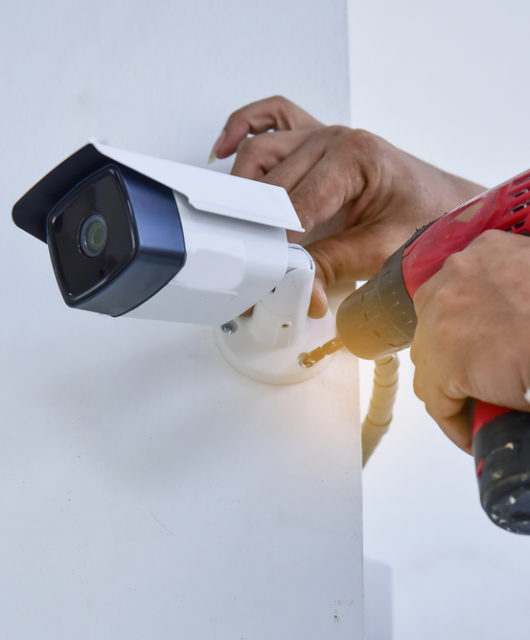What to Look for in Facilities Maintenance Software
 Facility management is often unseen but plays an essential part in a company. It usually works in the background but has a significant contribution to a company’s efficiency and safety. Facility management ensures that all facilities, buildings, properties, and services are functional, safe, and working efficiently.
Facility management is often unseen but plays an essential part in a company. It usually works in the background but has a significant contribution to a company’s efficiency and safety. Facility management ensures that all facilities, buildings, properties, and services are functional, safe, and working efficiently.
Complex facilities management includes managing physical assets such as wiring, buildings, heating and cooling, wiring, machinery, elevators, and other features. On the other hand, soft facility management deals with work performed by employees like catering, grounds keeping, custodial services, security, and lease accounting.
Facility management can be a very daunting task. It can involve several roles such as maintenance and operations, energy management, emergency management, capital project planning, and management. It also involves preparing a budget, tracking inventories, negotiating prices with supplies, tracking maintenance costs, and looking for technology to make work more cost-efficient.
Managing facilities without the right tools can be challenging, but with the arrival of new technologies like a computerized maintenance management system (CMMS), it can become more manageable. A CMMS is software that centralizes database and maintenance information that can help facilitate maintenance operations. It helps maximize the use and availability of physical equipment like machinery, vehicles, communications, infrastructures, and other operating assets.
A CMMS is an essential tool in facilities management, so it’s essential to choose the right one to do the task correctly.
Easy-to-Use
One of the most critical considerations in acquiring a CMMS is how user-friendly it is. Facilities Management Software needs to be usable by your staff. What is the point of getting this software if your team can’t navigate it properly? A proper CMMS should be simple enough that even your non-technical staff can use them without encountering any problem.
Software needs to be adaptable with menus and options visible and cleanly implemented to ensure that users know what to do and when to do specific actions. In addition, the workflow should be simple enough that people will remember them without constantly reminding them of how to operate them.
A simple interface that allows users to submit requests and track them is all you need. All the bells and whistles come in handy, but if they’re hidden or cluttered or too complex for your users to use, don’t bother.
Flexibility
The workplace can be very complicated and unpredictable, so you need a CMMS that is flexible enough to adjust to changes in the work environment. Functionality matters as much as form when it comes to choosing a facilities management software. There is no one-size-fits-all solution that covers all your organizational needs, but if your system is fighting against your workflow, it’s time to reconsider it.
If you’re constantly trying to find workarounds, you need to consider a better choice of facilities management software. An efficient CMMS should have pre-programmed options that you can customize to adapt to a new challenge. Its workflow should be flexible so the user can place their input based on the actual situation in the workplace. Finally, it should give room for changes without the need to call the supplier for technical support all the time.
Support
On top of the functionality and form of facilities management software, there needs to be a good amount of customer support behind the system. Technical support should be available anytime to help clients immediately with their problems or difficulties to lessen downtime.
While the system should be easy to navigate and use, natural roadblocks happen along the way. That’s where the vendor and their customer support team come in to clear up questions and provide training materials to help maximize the potential usage of the software. If a vendor doesn’t offer after-sales support, it’s a sign they don’t care about their customers or don’t wholly stand behind their product.
So it’s essential to discuss the details of customer support when purchasing a CMMS. It should be explicitly written in the contract, so you are assured they will keep their end of the deal. What is the point of having good features but terrible customer after-sales support?
Cloud-based technology
A good CMMS should be available anytime and in any location, primarily if you deal with equipment in multiple locations. A cloud-based system allows workers a sea of versatility: workers can use any device, anywhere, any time to log tasks and use the system.
Cloud computing powers this ability; cloud computing gives users the ability to deliver IT services like storage, databases, analytics, and other services online. In addition, it’s very efficient since data can be transferred in an instance using the internet. Cloud-based technology is just one of many ideal facilities maintenance software features to consider.
CMMS is the way forward
If you’re still dealing with overwhelming workloads and missed maintenance schedules, then CMMS is the way forward. It can help your company manage the work more efficiently and effectively. Just make sure to choose the best CMMS software.









